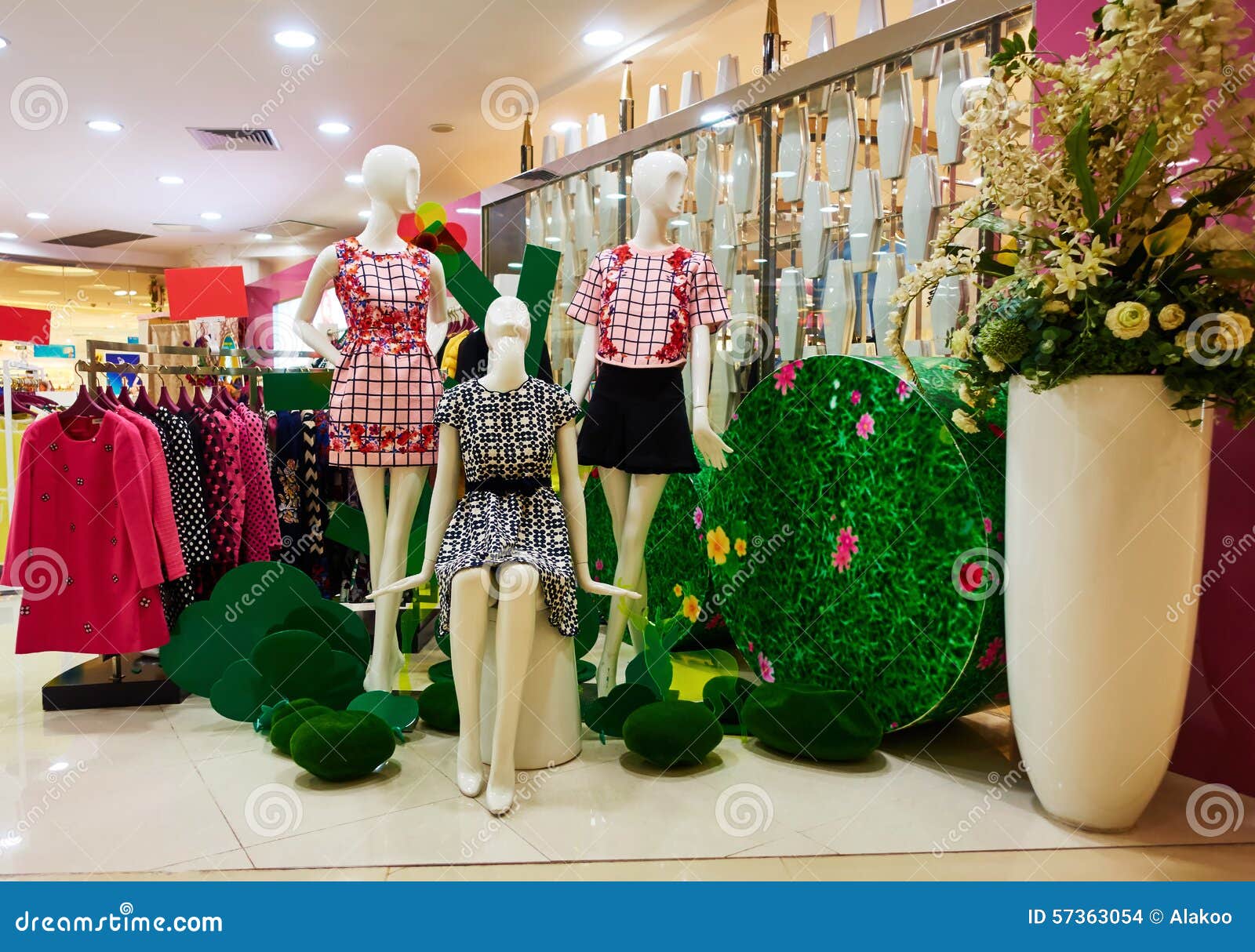Discover the Latest Trends in Boutique Fashion for each Season
Discover the Latest Trends in Boutique Fashion for each Season
Blog Article
A Deep Dive Into the World of High-Fashion Runways: Comprehending Clothing as Art
Developers, a lot like skillful musicians, weave detailed narratives with form, textile, and color, challenging typical norms and redefining charm criteria. As we discover these sartorial eyeglasses, we must consider: what role does style play in forming social values, and how does it show the ever-changing tapestry of human emotion and identification?
The Evolution of Runway Shows
The trajectory of runway shows has transformed considerably over the years, developing from special sector events to fascinating spectacles that blend fashion with art. Generally, path programs made love events, kept in ateliers or little venues, largely gone to by customers and sector experts. These early discussions concentrated on the garments' workmanship and commercial stability, offering a straight and useful display of seasonal collections.
As the fashion sector broadened, the nature of path programs began to alter. The 1970s and 1980s marked a turning point, with designers seeking to differentiate themselves through more staged presentations. This period saw the increase of elaborate sets, choreographed models, and thematic stories, declaring a new age where the path came to be an experiential system. The programs changed into a type of storytelling, where each collection communicated a distinct story or idea.
In the last few years, modern technology and social media sites have further revolutionized runway programs, making them easily accessible to an international audience. Livestreaming and electronic systems have actually democratized style, permitting lovers worldwide to witness these occasions in real-time (boutique fashion). This development mirrors a wider cultural shift, where high-fashion paths act as a vibrant intersection of design, innovation, and performance
Designers as Visionary Artists
Designers in the high-fashion industry have obscured the lines between practical garment creation and the theoretical world of art. By embracing imaginative techniques such as sculpture, paint, and avant-garde installations, developers craft garments that test typical style norms and boost them to art types.
Visionary developers draw inspiration from a myriad of sources, including abstract art, historic referrals, and individual stories. They possess a special ability to visualize and emerge ideas that press the borders of conventional style, frequently redefining aesthetic standards in the process. This imaginative resourcefulness is showcased via dramatic silhouettes, cutting-edge products, and elaborate workmanship, which invite customers to experience fashion as even more than simply wearable things.
Furthermore, the path functions as a canvas for these musicians, where lighting, songs, and set design coalesce to produce immersive experiences. These presentations are not just display screens of clothes however are coordinated efficiencies that evoke feeling and prompt thought, attesting the developer's role as a true artist in the contemporary cultural landscape.
Social Impacts in vogue
Social tapestry look at this now weaves its intricate patterns into the textile of style, influencing designers globally. The vibrant interchange of social tales, traditions, and symbols informs and motivates collections that grace high-fashion runways.
The influence of culture on fashion is typically seen in the reinterpretation of standard garments and patterns. As an example, making use of Japanese robes, Indian saris, or African prints in contemporary style shows a mix of social authenticity and modern-day appearances. Developers such as Valentino's look at here now Pierpaolo Piccioli and Alexander McQueen's Sarah Burton have actually been understood to integrate abundant cultural themes right into their couture collections, translating history right into wearable art.

Innovation in Material and Style
Development in textile and style continually reshapes the landscape of high-fashion, pressing borders and redefining opportunities. Designers are significantly exploring the combination of technology, such as 3D printing, which allows for the development of intricate frameworks that were previously unthinkable.
The style market is observing a rise in the usage of environmentally friendly materials, acquired from recycled plastics, natural fibers, and also biodegradable parts. Designers are embracing these products to craft garments that are both mindful and visually striking of their eco-friendly impact.
In terms of style, progressive silhouettes and speculative forms are constantly reinventing Visit Your URL the path. By including unusual products and advanced techniques, developers cultivate garments that obscure the line between style and art, setting new criteria for creativity and expression in the high-fashion sphere.
Impact of Fashion on Culture
Style possesses a profound influence on culture, serving as both a reflection of social identity and a catalyst for social change (boutique fashion). With its advancement, style has actually mirrored societal shifts, enveloping the zeitgeist of different ages.
Furthermore, fashion has the power to bridge social spaces, fostering understanding and appreciation amongst varied groups. As globalisation increases, the cross-cultural exchange of style ideas ends up being significantly considerable, promoting inclusivity and diversity. The rise of streetwear, originating from metropolitan subcultures, highlights how fashion can transcend socio-economic limits, approving people a method of self-expression and empowerment.
Basically, fashion is not just concerning visual appeals; it is a vibrant force that affects worths, mindsets, and societal development (boutique fashion). By continuously communicating with social and cultural currents, style stays an important part of the cumulative human experience

Conclusion
Designers, comparable to visionary artists, manage collections that mirror identification, emotion, and cultural narratives, testing traditional aesthetic appeals. This crossway of fashion and virtuosity not just astounds target markets around the world but likewise influences social perceptions and promotes a deeper appreciation for social diversity.

Cultural tapestry weaves its complex patterns right into the textile of style, affecting developers internationally.Fashion wields a profound impact on culture, offering as both a representation of social identification and a stimulant for social adjustment.
Report this page